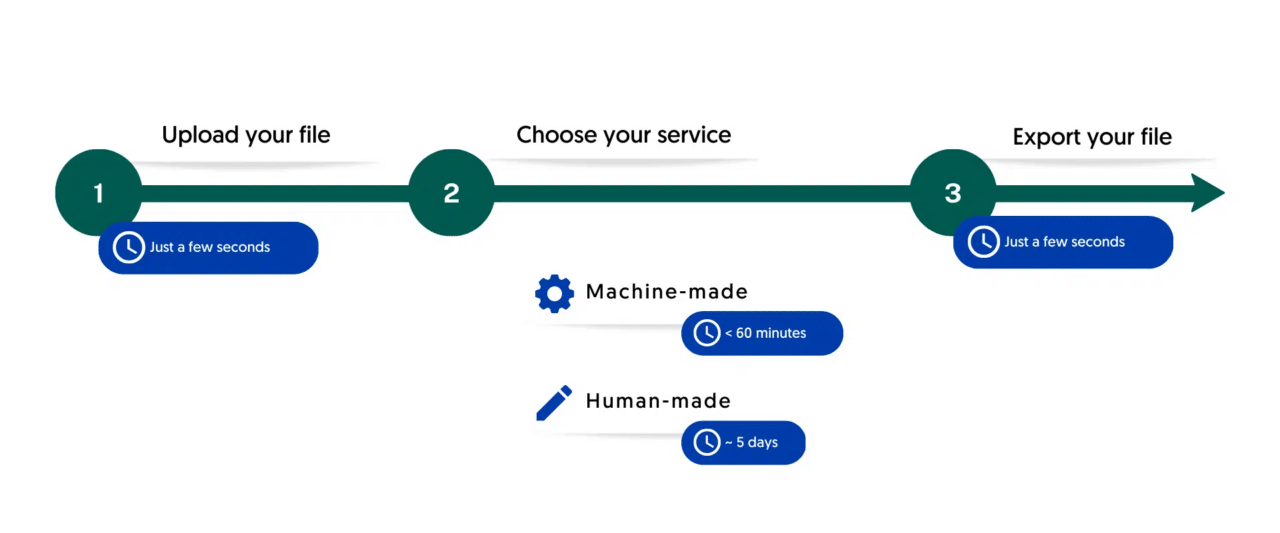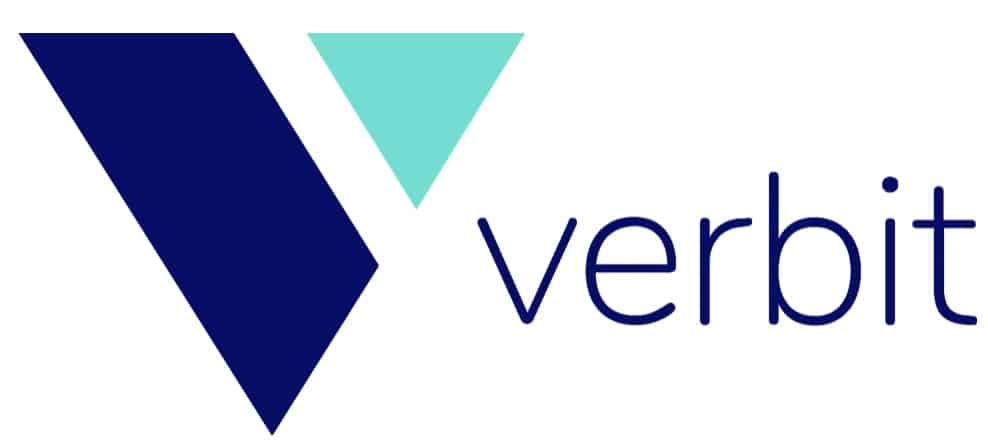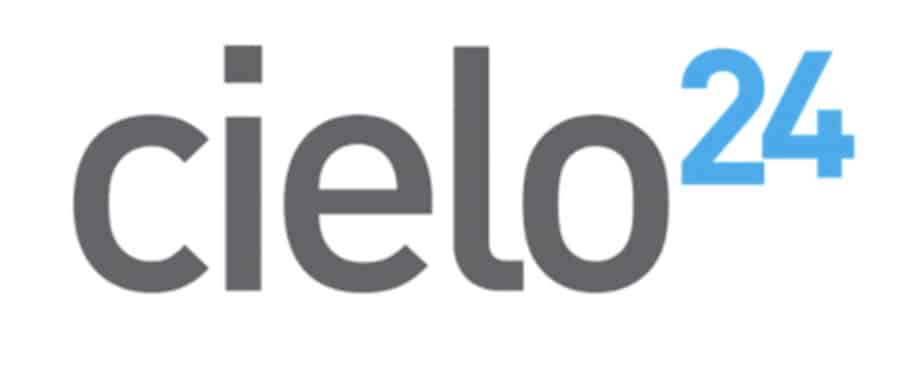In the dynamic landscape of higher education, innovation is a constant force driving positive change. One such innovation that has made a significant impact on academic success is transcription services. These services offer a transformative solution that enhances accessibility, learning experiences, and research efficiency within universities. In this comprehensive guide, we’ll explore the multifaceted role of transcription services in the realm of higher education and delve into the key benefits they offer to both students and researchers.
Table of Contents
The Role of Transcription Services in Higher Education
In the digital age, where diverse learning styles and abilities converge, transcription services have emerged as a crucial bridge to academic success. These services play a pivotal role in modern higher education settings by transforming spoken content into written form. This transformation holds immense significance, particularly in addressing accessibility challenges faced by students with disabilities. Beyond accessibility, transcription services have evolved to serve as tools that facilitate comprehensive note-taking, aid in revision, and promote a deeper understanding of complex concepts.
Key Benefits of Transcription Services for Universities
In the dynamic realm of higher education, transcription services have emerged as powerful allies, bringing a multitude of benefits that extend beyond the confines of traditional learning. These services enrich the academic experience, enhance accessibility, and revolutionize the way students engage with content. From leveling the playing field for students with disabilities to amplifying learning outcomes, the key benefits of transcription services pave the way for a more inclusive and impactful educational journey.
Accessibility and Inclusivity
One of the most compelling benefits of transcription services is their contribution to accessibility and inclusivity in higher education. For students with hearing impairments, traditional lectures can present significant barriers to learning. Transcription services enable these students to access educational content through written transcripts, creating an equitable learning environment. Moreover, providing accessible content aligns with legal and ethical obligations under disability rights regulations, fostering a culture of inclusion within universities.
Enhanced Learning Experience
Imagine a classroom where students can fully engage in discussions and interactions without the distraction of hurried note-taking. Transcription services make this vision a reality by offering accurate transcriptions of lectures and audio content. Students can now concentrate on comprehending the material instead of struggling to capture every word. This shift not only enhances the learning experience but also encourages active participation and critical thinking during class discussions.

Unlocking Accessible eLearning: A Comprehensive Guide for Higher Education Institutions
Read the blogEfficient Research and Review
For researchers, transcription services act as indispensable tools for transcribing interviews, focus groups, and qualitative data. The ability to convert spoken content into text accelerates the data analysis process and provides a searchable reference for research endeavors. This efficiency not only saves valuable time but also ensures the accuracy and integrity of research findings, thereby elevating the quality of academic output.
Language Learning and ESL Support
In the globalized landscape of higher education, universities often welcome students from diverse linguistic backgrounds. Transcription services offer substantial support to English as a Second Language (ESL) students who seek to enhance their language skills and comprehension. Additionally, language courses can leverage transcribed audio content for practice and analysis, fostering linguistic growth and cultural appreciation.
Factors to Consider When Choosing Transcription Services for Universities
Selecting the right transcription service for a university involves a meticulous evaluation of various critical factors. As institutions seek to enhance their educational offerings and research endeavors, considerations such as accuracy, turnaround time, content specialization, and security take center stage. This exploration delves into the essential factors that guide the decision-making process, ensuring that the chosen transcription service aligns seamlessly with the institution’s unique needs and goals.

Accuracy and Quality
The cornerstone of transcription services in a university setting is accuracy. Whether opting for automated transcription or human-reviewed transcription, maintaining a high level of accuracy is paramount. Educational content demands precision, and transcription services should reflect this commitment to quality.
Turnaround Time and Real-time Transcription
The urgency of academia necessitates efficient turnaround times for transcriptions. Real-time transcription capabilities have become increasingly valuable for live events, lectures, and online classes. Balancing speed with accuracy is crucial to ensure that transcriptions meet the demands of academic timelines.
Content Specialization and Domain Knowledge
Universities host a wide array of disciplines, each with its unique terminology and nuances. Transcribers with domain knowledge are essential to accurately capture subject-specific content. Whether it’s complex scientific terminology or intricate legal jargon, specialized transcribers ensure the fidelity of academic content.
Security and Privacy
Educational institutions handle sensitive data, and ensuring data security and privacy is non-negotiable. Compliance with regulations like the Family Educational Rights and Privacy Act (FERPA) is paramount when dealing with student and faculty information. Transcription services must adhere to stringent privacy standards to safeguard the integrity of academic content.
Integration with Educational Platforms
The seamless integration of transcription services with learning management systems (LMS) and content repositories streamlines accessibility for students and educators. A well-integrated transcription solution simplifies the process of sharing transcribed content and enhances the overall learning experience.

7 Tips for Transcription in Field Research
Read the blogTop Transcription Services for Universities
In the landscape of transcription services catering to the diverse needs of universities, a handful of standout solutions have emerged. These services, meticulously designed to meet the demands of higher education, offer a blend of accuracy, integration, and efficiency. Amberscript, Rev.com, Otter.ai, Verbit, and Cielo24 represent the cream of the crop, each bringing their own set of strengths to the table. Delve into this overview to discover the top transcription services that universities can embrace to propel their academic endeavors forward.
Amberscript: Advancing Educational Accessibility

Amberscript, a renowned transcription tool, is a game-changer for universities. Employing a blend of automated speech recognition technology and human editing, it ensures unmatched transcription accuracy. Optimal for the needs of universities, its intuitive interface simplifies the conversion of lectures, interviews, and academic content into text.

The standout feature of customizable timestamps enables effortless navigation through transcriptions, enhancing the educational experience. Amberscript supports various audio and video formats, accommodating diverse content sources. With ongoing advancements in speech recognition algorithms, Amberscript guarantees increasing accuracy over time. In the educational landscape, Amberscript is a catalyst for converting spoken words into written knowledge, fueling academic success and efficiency.
Why you should use Amberscript
5x average time saving by using AI.
Enabling an accurate flow of audio-to-data, adjustable in our easy to use online text editor.
GDPR compliant security and safety.
Rev.com: Accuracy for Academic Excellence

Rev.com’s reputation for accuracy and precision makes it a preferred choice among educational institutions. Its human transcription services and integration options contribute to elevating the quality of academic content. By aligning with Rev.com, universities emphasize their commitment to delivering accurate educational resources.
Otter.ai: Real-time Innovation for Learning

Otter.ai’s innovative AI-powered transcription features redefine real-time engagement within higher education. The capability to transcribe live events, lectures, and discussions empowers both students and educators. Seamless integration with note-taking platforms further enriches the learning experience.
Verbit: Bridging AI and Expertise

Verbit’s unique blend of AI technology and human transcribers is tailored to the intricate demands of academic content. The fusion of artificial intelligence with specialized domain knowledge ensures the fidelity of subject-specific transcriptions. Universities partnering with Verbit embrace a harmonious balance between technology and expertise.
Cielo24: Championing Accessibility and Inclusion

Cielo24’s focus on accessibility and captioning services aligns perfectly with the ethos of higher education. By offering tailored solutions for educational institutions, Cielo24 reinforces the principle of inclusivity. The integration of captions with educational content transcends physical barriers and supports diverse learning needs.
| Tool | Pros | Cons |
|---|---|---|
| Amberscript | – Strong focus on accessibility
– Automated and professional transcription available – Integration with educational platforms | – Turnaround time for human transcription
– Pricing might be on the higher side |
| Rev.com | – High accuracy – Trusted by educational institutions – Human transcription services – Integration options | – Cost may be higher compared to automated services
– Turnaround time for human transcription |
| Otter.ai | – AI-powered real-time transcription
– Integration with note-taking platforms – Efficient for live events | – Accuracy may vary for specialized content
– Limited human review options |
| Verbit | – Combination of AI technology and human transcribers
– Specialized for academic content – High accuracy | – Pricing might be on the higher side
– Limited integration options |
| Cielo24 | – Focus on accessibility and captioning services
– Tailored for educational institutions | – May not offer extensive AI-driven features
– Limited advanced customization |
Transcription Services and Accessibility
Transcription services have become a transformative force in higher education, offering a bridge between spoken content and written accessibility. From empowering students with disabilities to enhancing the learning experience, these services are reshaping academia. Integrating seamlessly with educational platforms, they exemplify the fusion of technology and education. Just as Amberscript’s real-time transcriptions make academic content accessible to everyone, the impact of transcription services in universities is equally far-reaching, promising an inclusive and enriched learning environment.


